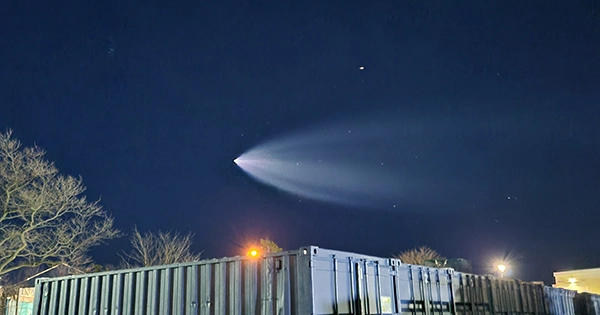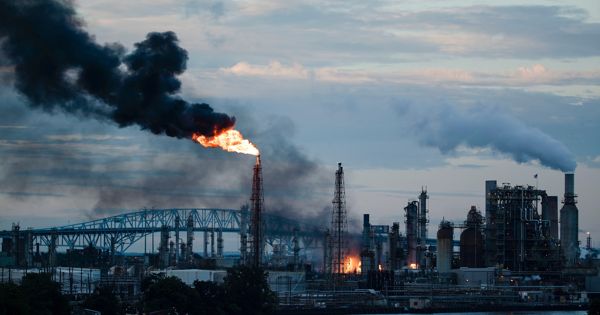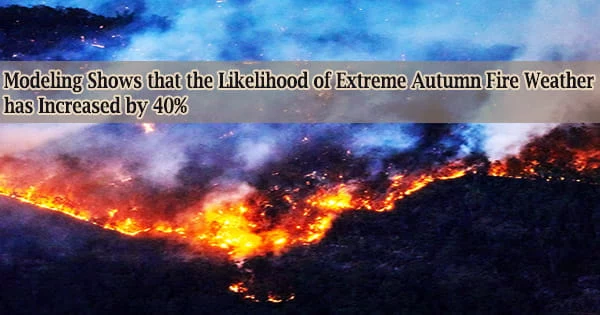A picture of an otherworldly red glow racing across the galaxy was captured by diligent night photographers in the early hours of Sunday morning. They believe that a SpaceX rocket that had just taken off in Florida a short while earlier is to blame. Photographer David S. Johnston obtained the image of the reddish sky on June 19 at 12:30 am at Bear Rocks, West Virginia, while photographing long-exposure pictures of the Milky Way.
Johnston afterwards reviewed his images and realized that although the red hue in the sky was not evident to the unaided eye, the camera had captured something unique. Johnston said on Facebook, “I had no idea what this was and it was sort of stressing me out.” “I showed several people the images this morning, and a buddy joked that it may have been a rocket launch. However, I did look into it, and sure enough, SpaceX launched a Falcon 9 from Florida with a Globalstar satellite payload at 12:27 am, shortly before the red light showed, he said.

Johnston is not the only person who thinks the rocket detonation caused the breathtaking image. Many other photographers and experts came to the same conclusion after taking similar pictures in Maryland, North Carolina, and other locations. Some scientists also concur that the SpaceX rocket explanation could be correct. The Washington Post was informed by Carlos Martinis of the Center for Space Physics at Boston University that the red glow may be related to the second stage of the Falcon 9’s engine burn, which typically begins three minutes after liftoff at an altitude where positive oxygen ions are present in the atmosphere.
The oxygen ions are propelled by the powerful rocket engine burns to join with other nearby molecules to generate molecular O2+, N2+, and NO+ ions, which then interact with electrons to produce a glow. Tamitha Skov, a space weather expert, also suggested to the newspaper that the photograph may have detected a “sub-visual aurora.” The aurora borealis in the Northern Hemisphere is caused by electrically charged particles from the Sun’s corona colliding with the Earth’s magnetosphere. When two objects collide, energy is released that excites gases in our upper atmosphere and ionizes atmospheric molecules.
Additionally, light is produced by the process; oxygen ions create green and yellow light, while nitrogen ions produce red or blue light. According to Skov, a similar phenomenon may be to blame for the recent spooky red sky in the US. Whatever the reason, there is no denying that it made for some stunning photos. “I can’t believe I was actively shooting at the perfect moment and had my camera aimed in exactly the right way!” In his post, Johnston stated.
















